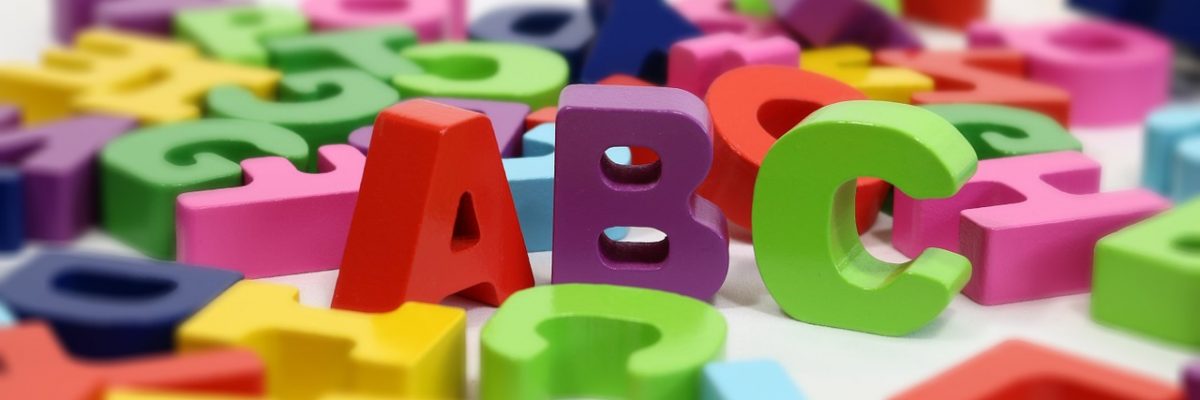How does language develop in children?
One can say language development in infants begins even before birth as the growing fetus begins to recognize sounds and begins to develop his hearing capacities. From this point, on a complex learning process begins to unravel, until the infant is fully able to communicate. An infant goes through different stages, and he is equipped with a complex cognitive system even though mastery of the language is still years away.
Unlike adults, children learn language unconsciously, but above all through hearing. The goal of the infant is not to learn the language but to be able to communicate and interact in his environment. Adults, on the other hand, learn a language by reading and writing, with full intention of mastery of the language. The goal of the adult is to master the grammar and to be in command of an extensive vocabulary.
The literature dealing with the development of language in bilingual children can be summarized as follows:
Raising kids in more than one language is a long path, characterized with many highs and lows, breaks and sudden strides. Internal and external factors play an influential role in the progress of each child. Furthermore, the mastery of both languages takes place at an altogether different frequency if compared to children being raised in a mono-linguistic environment.
It is important to keep in mind that all children are different, some mastering two languages while others having difficulties in both, and that it can take years before real mastery occurs, if at all. The same holds true for the mastery of grammar and vocabulary. It is therefore prudent to say, that as parents it is best not to have any expectations, especially if one language dominates the other.
The following cases are possible:
- In the best case scenario, the bilingual child develops proficiency in both languages to a level equivalent to or surpassing that of a child in a mono-linguistic environment.
- In the intermediary scenario, the bilingual child achieves mastery of one language equal to his mono-linguistic counterpart but in the second language only an adequate level to communicate. This should not be seen as an impediment but as an excellent start for further study and mastery of the second language at some future point in time.
- In the worst case scenario, the bilingual child does not adequately achieve a minimum level required to communicate in either language. This can lead to extreme difficulties in school as the child is not able to fully comprehend the lesson or able to express himself sufficiently.
Raising children bilingually does not just relate to the actual languages but one must also understand the intercultural aspects as well. Each language has its distinct use of different customary forms, for example addressing an elderly person, politeness, inflection and volume. These nuances within a language can also differ according to a given event, such as at a party, at the church, or among relatives, to name just a few examples. Furthermore, each country maintains distinct traditions and habits, which are further assimilated in a family unit. This intermingling of the parent’s language and culture is further absorbed by the child who must then understand and function in both environments.
Further in Raising Children Bilingually: Phases of Language Development
Back to: Raising Children Bilingually


